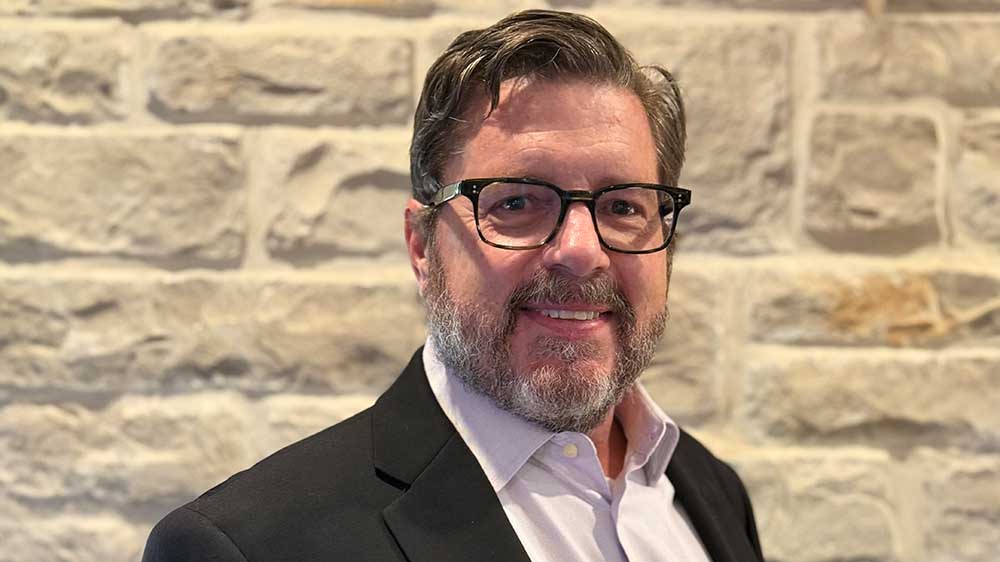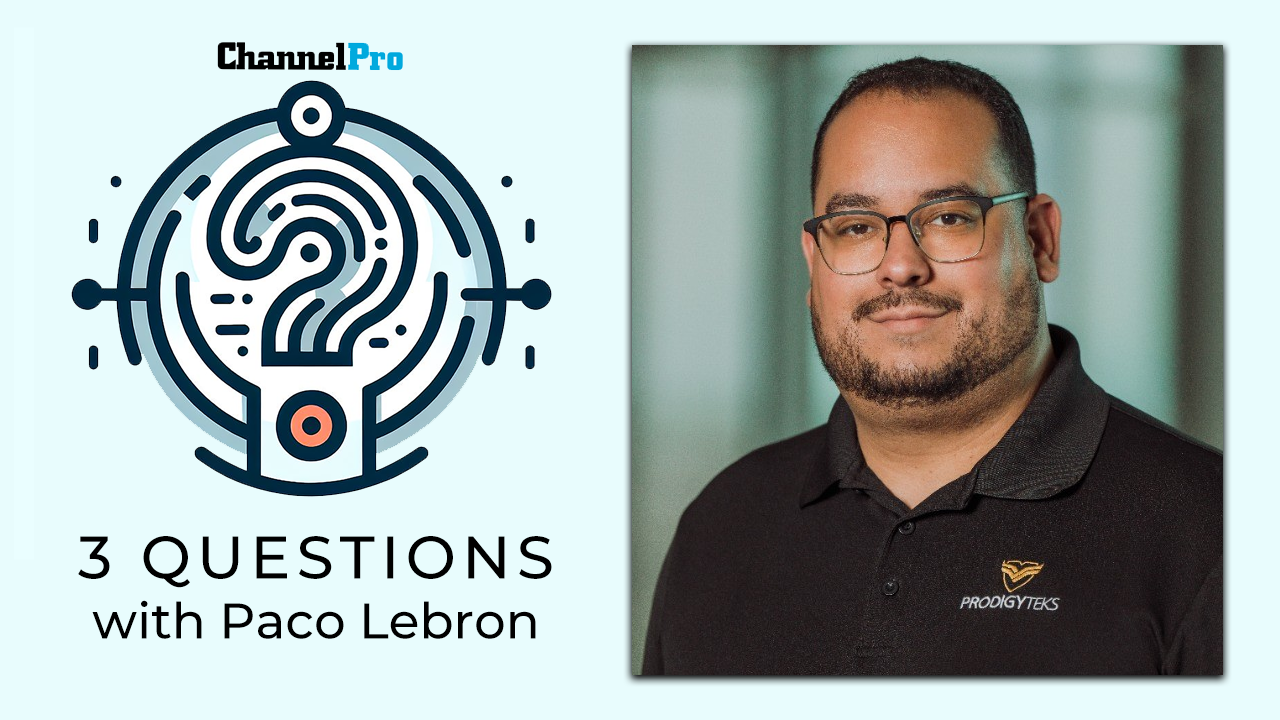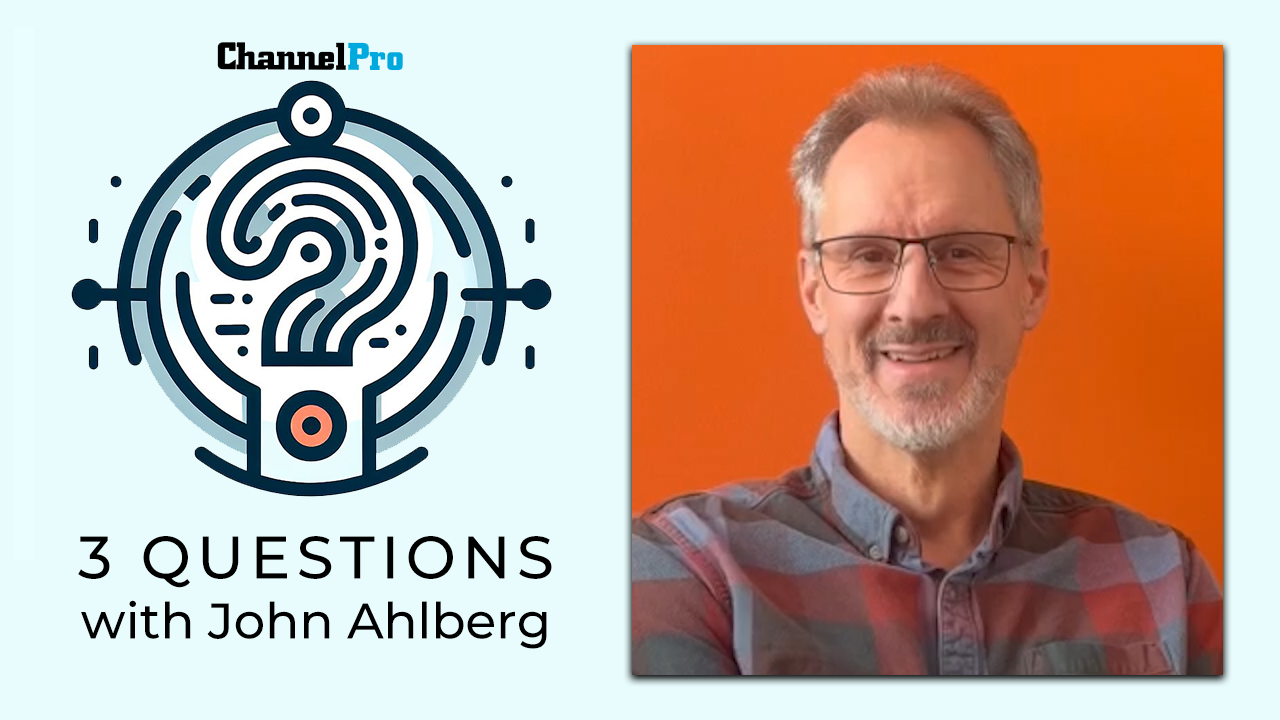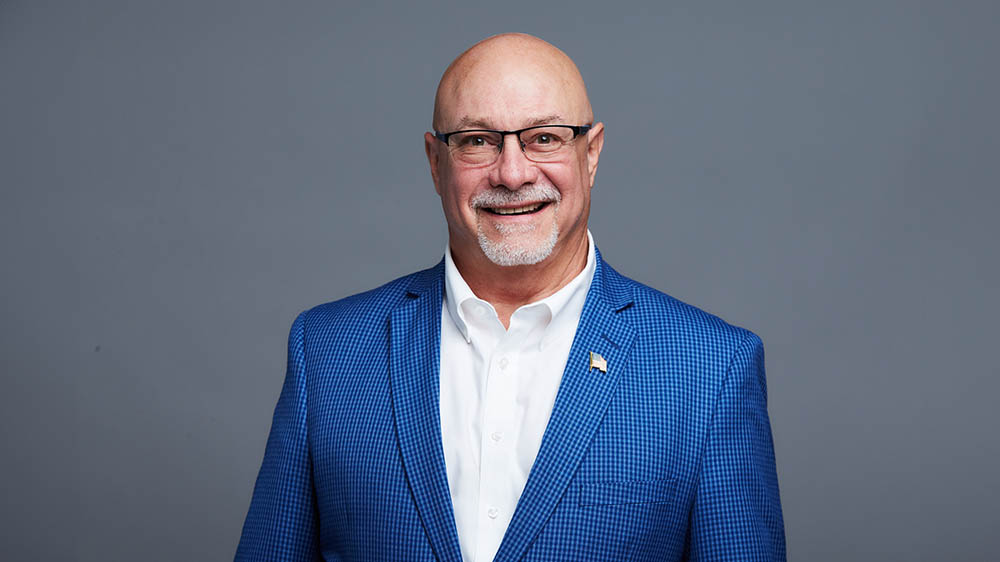When I founded Fluid IT Services, I wasn’t chasing a business opportunity; I was answering a calling. My background was in IT for large enterprises, where I worked as an engineer, IT manager, and later as a consultant advising Fortune 100 companies. It was exciting work, but two things kept nagging at me.
First, we would deliver strategic IT recommendations, but we were never around to see them implemented. Second, I noticed that small and midsized businesses (SMBs) had shockingly limited IT support. They were relying on break/fix services from “a guy in a truck,” or, in many cases, a family member or friend. These companies deserved the same high-quality, enterprise-level IT services that big businesses took for granted.
That’s why I built Fluid IT — to bring professionalism, discipline, and true strategy to the SMB space.
Building Fluid IT into a $5M Business
Growing Fluid IT to more than $5 million in revenue required a relentless commitment to adaptability, financial discipline, and client satisfaction. I named the company “Fluid IT” because business is fluid. Change is constant, and success comes from embracing it.
One of our guiding principles was agility. The IT landscape shifts fast, and we had to pivot with it. But agility alone isn’t enough. You also have to be financially disciplined. Many MSPs focus on technology but neglect the financial side. From Day 1, we structured Fluid IT around well-defined margins, strict pricing policies, and a firm understanding of our costs. We never discounted our services, and every financial decision aligned with our operational strategy.
Another key to our MSP’s profitability was knowing our market thoroughly. We differentiated between “hunting” for new clients and “farming” our existing ones. Both required different approaches but were equally critical. Retention was just as important as acquisition, which meant keeping client satisfaction as our north star. We couldn’t afford to gain customers on the front end while losing them on the back.
One of the hardest yet most rewarding decisions we made was identifying and eliminating bad-fit clients. We categorized them as green (great cultural fit, valued the relationship), yellow (neutral, potentially growing), or red (high-maintenance, low-value, not a cultural fit).
At one point, 75% of our clients were in the red category. We systematically transitioned them out, which allowed us to focus on high-value clients. The result? Better profitability, higher margins, and a stronger reputation.
The MSP Industry’s Marketing Problem
Most business owners don’t know what an MSP is. The results were clear from focus groups with clients past, present, and prospective: 100% of them were unfamiliar with the term. To them, we’re simply “IT support.”
MSPs spend too much time marketing to each other rather than to the business owners they serve. Our industry has a communication problem. We use acronyms and technical jargon while our clients only care about outcomes. They need technology to work seamlessly so they can focus on growing their businesses. We don’t need to educate clients on what “MSP” means. Rather, we must speak their language.
Overcoming Tough Challenges
Running an MSP for 23 years means facing a lot of challenges. Each one, though, provided a lesson that made us stronger.
One significant moment early on was when my most senior technical resource — who had worked with me for over a decade — handed in his resignation. I panicked. I thought we wouldn’t survive without him. But then something unexpected happened: The rest of my team stepped up. In the process, we discovered gaps in his work that needed fixing. Losing him forced us to improve our operations, define our hiring standards better, and ultimately become stronger.
In another instance, we attempted to expand by acquiring of an out-of-state MSP. On paper, it looked like a perfect fit. In reality, it was a mess. The other company’s clients had no standard contracts, pricing was inconsistent, and they weren’t charging for help desk support. I had to navigate contract renegotiations, pricing adjustments, and a full data center migration all while retaining those clients. It was one of the hardest things I’ve done, but we pulled it off without losing a single customer.
Then, of course, there was the Covid-19 pandemic. Because we owned our own multitenant cloud, we were already set up for remote work. So, we shifted our focus on people — our employees and our clients. We proactively gave struggling clients a “temporary relief fund” to keep them afloat. That move built loyalty, and we didn’t lose a single client during the pandemic. When we transitioned back to the office in a hybrid model, our client relationships were stronger than ever.
Profitability Advice for New MSPs
If I had to advise new MSPs, I would tell them to write a real business plan. It’s tedious, but it forces you to think through your business model, pricing, growth strategy, and differentiation. Too many MSPs wing it and end up making 5% margins without realizing it. Get your financials right from the start, have formal budgets, track profitability, and know your benchmarks.
Beyond the numbers, define your culture early. If you don’t, it will define itself — often in ways you don’t intend or want. I built Fluid IT with a clear set of values: integrity, client-first service, and a long-term vision. I never wanted the company to be about me. That’s why it’s not called Yeaman IT. My goal was to build something that would outlast me, and I did.
Also, hire people smarter than you. Your senior technology officer and director of operations should challenge you. If you don’t delegate, you’ll never be able to grow.
Looking Ahead
Leaving my role as president and CEO is bittersweet. I started Fluid IT in my bedroom, and now, I’m stepping away. I feel a mix of emotions — pride, excitement, and honestly a little fear of the unknown. But I always knew this day would come, and I made sure the company could continue without me.
I don’t have a definitive answer for what’s next yet, but I know it will involve using my strategic mindset and experience to help others. I want to coach, mentor, and provide thought leadership. Technology will always be a part of my life, but more than anything, I want to continue doing what I set out to do from the start: help people and businesses achieve more than they thought possible.
Wade Yeaman
Founder and Former CEO
- Founded: 2002
- Headquarters: Plano, TX
- No. of employees: 15*
- Website: fluiditservices.com
- Company focus: Managed services, cybersecurity services, cloud services
- Professional memberships: Channel Focus
- A book you would recommend: The Boys in the Boat by Daniel James Brown
- Favorite part of your job: Coaching, mentoring, helping clients and our staff
- Least favorite part: Managing people and clients
*At the time of Yeaman’s departure
Jonathan Browning contributed to this article.
Images: Wayne Yeaman














